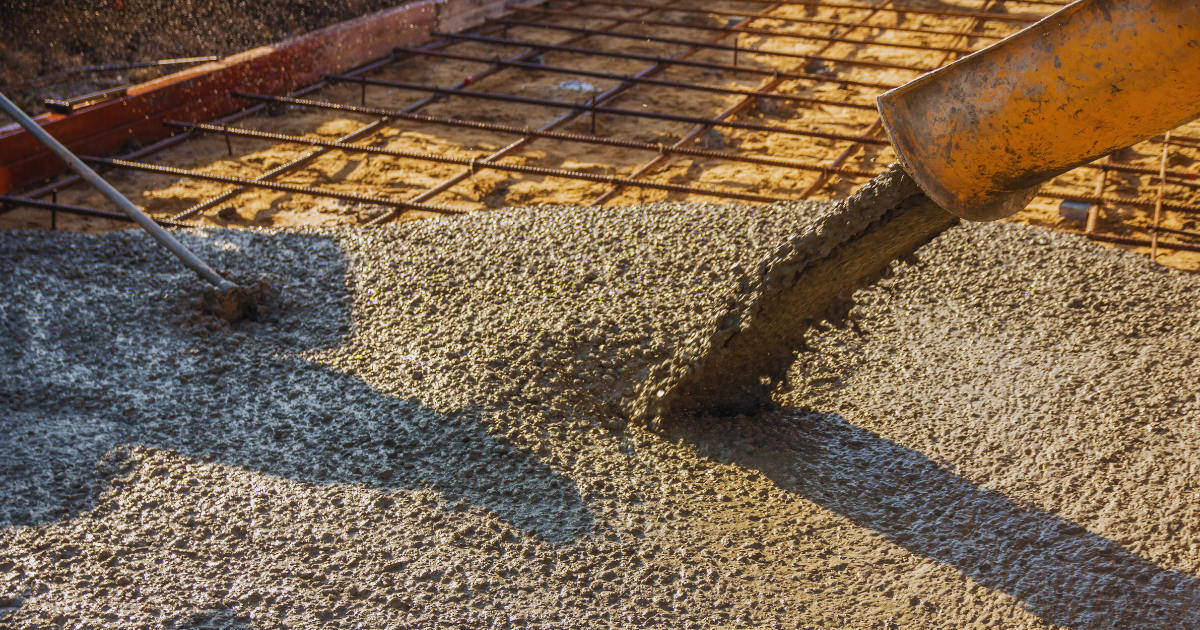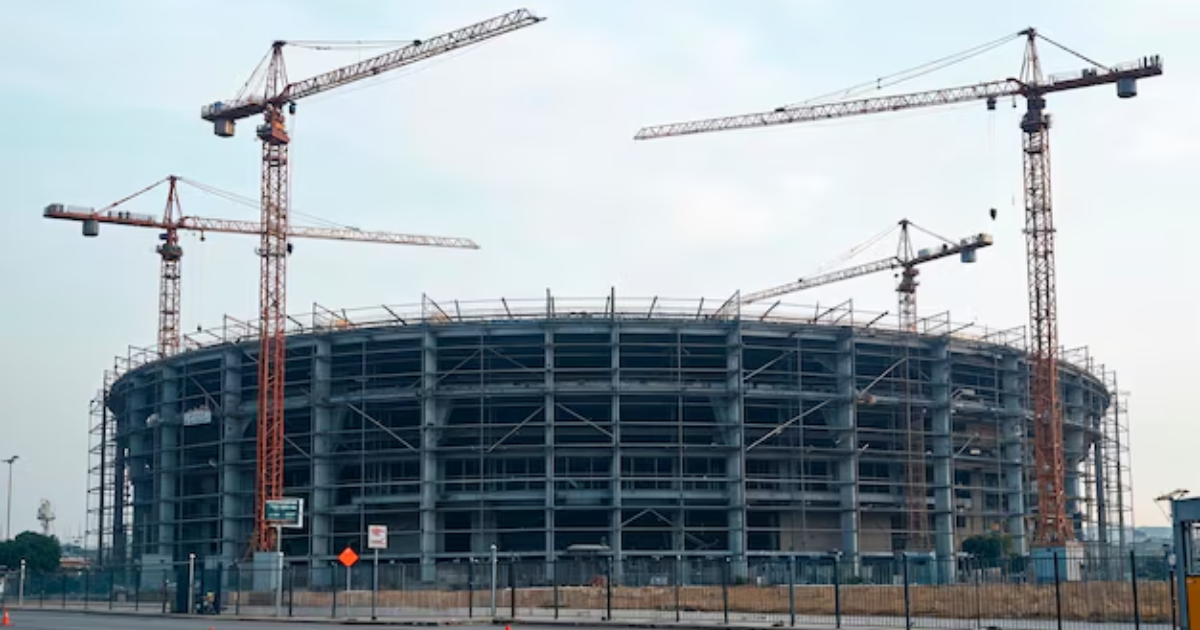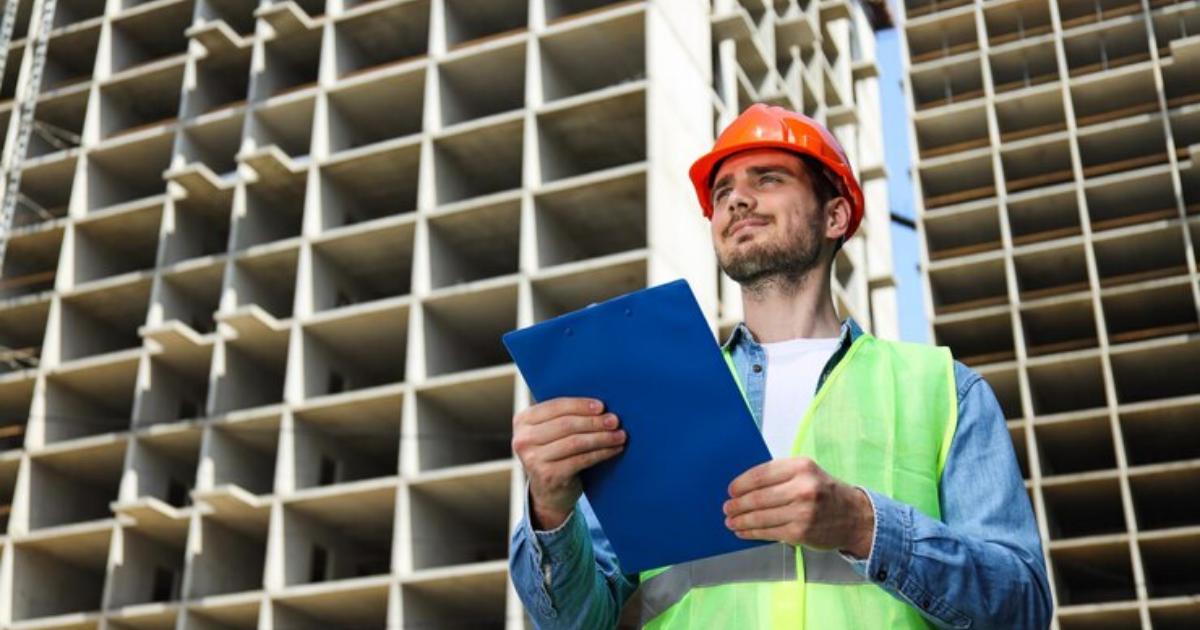In modern engineering, diaphragm walls have emerged as a cornerstone of construction technology, playing a crucial role in a variety of applications. These reinforced concrete structures are designed to address complex challenges in deep excavations and ensure the stability of surrounding areas. As urbanization accelerates and projects grow in scale, they have become indispensable in creating safe, sustainable, and efficient infrastructure.
What Are Diaphragm Walls?
Diaphragm walls are thick, vertical walls made of reinforced concrete, typically constructed below the ground. They act as retaining walls, support structures, or barriers against groundwater, depending on the needs of the project. Their versatility makes them suitable for a wide range of engineering applications, such as:
- Deep basements in urban areas.
- Subway stations and tunnels.
- Marine and coastal projects.
- Underground parking structures.
By offering both structural support and groundwater control, diaphragm walls address critical challenges in modern engineering, making them a preferred choice for demanding projects.
Why Are Diaphragm Walls Essential in Modern Construction?
The unique benefits stem from their ability to adapt to complex site conditions. Some of the key advantages include:
- Strength and Stability: Can bear immense lateral pressure, ensuring the stability of deep excavations.
- Waterproofing: These walls act as effective barriers against groundwater ingress, critical in subterranean construction.
- Space Optimization: In urban areas where space is limited, diaphragm walls facilitate efficient land use by enabling deeper excavations.
- Environmental Protection: By controlling groundwater flow and soil erosion, they minimize environmental impacts.
Applications of Diaphragm Walls in Modern Engineering
They have proven their value across various domains of construction. Let’s explore some landmark applications:
1. Transportation Infrastructure
In subway construction, it provide crucial support for underground stations and tunnels. They help maintain structural integrity while managing groundwater, ensuring safe and efficient transit systems.
2. High-Rise Foundations
In skyscraper projects, it stabilize deep basements and prevent soil movement, ensuring the foundation’s durability over decades.
3. Coastal and Marine Structures
For ports and coastal developments, they are used to create watertight barriers, protecting against seawater intrusion and erosion.
4. Energy Projects
In hydroelectric and nuclear power plants, they safeguard structures against water pressure and seismic activity, enhancing operational safety.
Key Considerations in Diaphragm Wall Design
The successful implementation of requires meticulous planning and engineering expertise. Key considerations include:
- Geological Surveys: A thorough understanding of soil and groundwater conditions is vital for designing effective diaphragm walls.
- Material Selection: High-quality concrete and reinforcement materials are essential to ensure durability and performance.
- Construction Techniques: Advanced machinery and methods, such as trench cutters and bentonite slurry systems, enable precise and efficient wall construction.
- Environmental Factors: Engineers must account for groundwater flow, seismic activity, and adjacent structures to avoid potential issues.
Innovations Enhancing Diaphragm Walls
Modern engineering has embraced several innovations to improve the performance of diaphragm walls:
- Smart Monitoring Systems: Sensors embedded within the walls provide real-time data on stress, temperature, and water pressure, enabling proactive maintenance.
- Eco-Friendly Materials: Sustainable concrete mixes and bentonite alternatives reduce environmental impact while maintaining performance.
- Self-Healing Concrete: New formulations allow concrete to repair minor cracks autonomously, extending the lifespan of diaphragm walls.
Challenges in Diaphragm Wall Construction
Despite their many advantages, constructing diaphragm walls comes with challenges:
- High Costs: The initial investment in machinery and materials can be significant, though offset by long-term benefits.
- Technical Complexity: Skilled personnel and advanced technology are required for precision construction.
- Urban Constraints: Limited space in crowded cities can complicate wall installation and machinery deployment.
The Future of Diaphragm Walls in Engineering
As construction demands grow more complex, diaphragm walls are poised to play an even greater role in engineering. Emerging trends include:
- Digital Twin Technology: Virtual models allow engineers to simulate performance and optimize designs before construction begins.
- Integrated Solutions: Combining it with other technologies, such as geothermal systems, enhances energy efficiency and functionality.
- Increased Automation: Robotic machinery promises greater accuracy and speed in diaphragm wall construction, reducing costs and timelines.
Case Study: Diaphragm Walls in Urban Subway Construction
A recent urban subway project in a densely populated city showcased the versatility of diaphragm walls. Faced with limited space, high groundwater levels, and the need to protect adjacent structures, engineers opted for diaphragm walls to:
- Stabilize excavation sites.
- Prevent water ingress and soil erosion.
- Minimize disruption to nearby buildings.
The project’s success highlighted how it enable safe and efficient construction even in challenging environments.
Conclusion
In modern engineering, diaphragm walls are more than just structural elements; they are vital components that address the complexities of contemporary construction. Their ability to combine strength, stability, and environmental protection makes them an integral part of projects ranging from urban infrastructure to coastal developments.
By embracing innovations and best practices, engineers can unlock the full potential of diaphragm walls, ensuring they continue to meet the evolving needs of the construction industry. Whether in transportation, energy, or high-rise construction, diaphragm walls remain a testament to engineering excellence and ingenuity.






